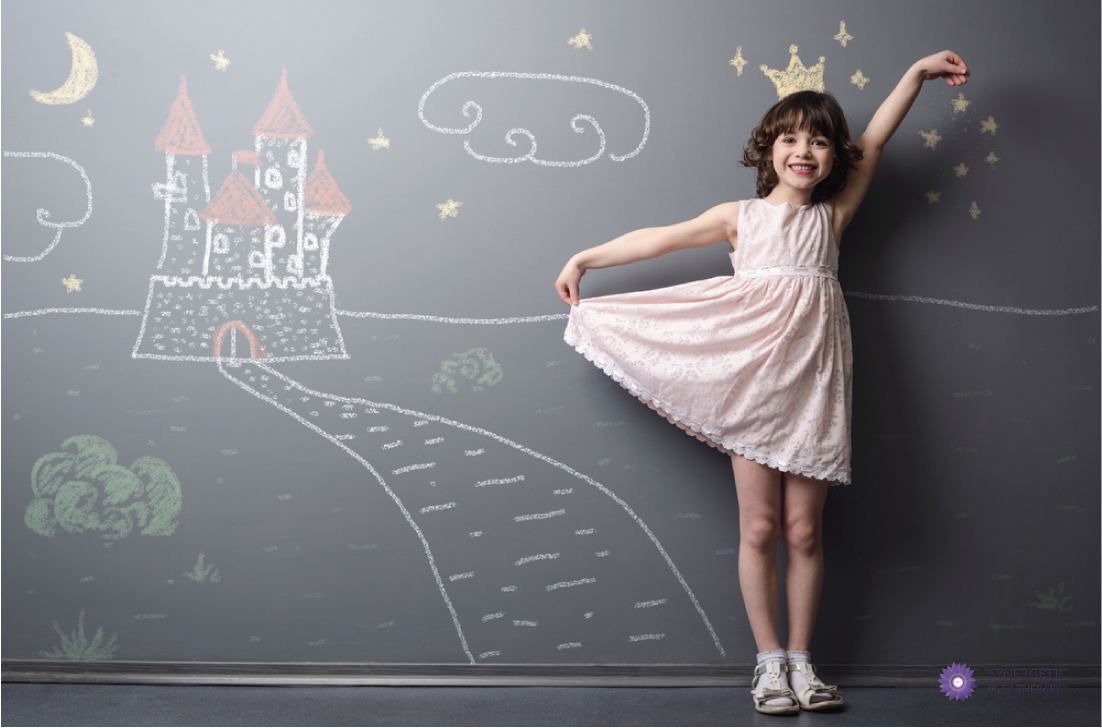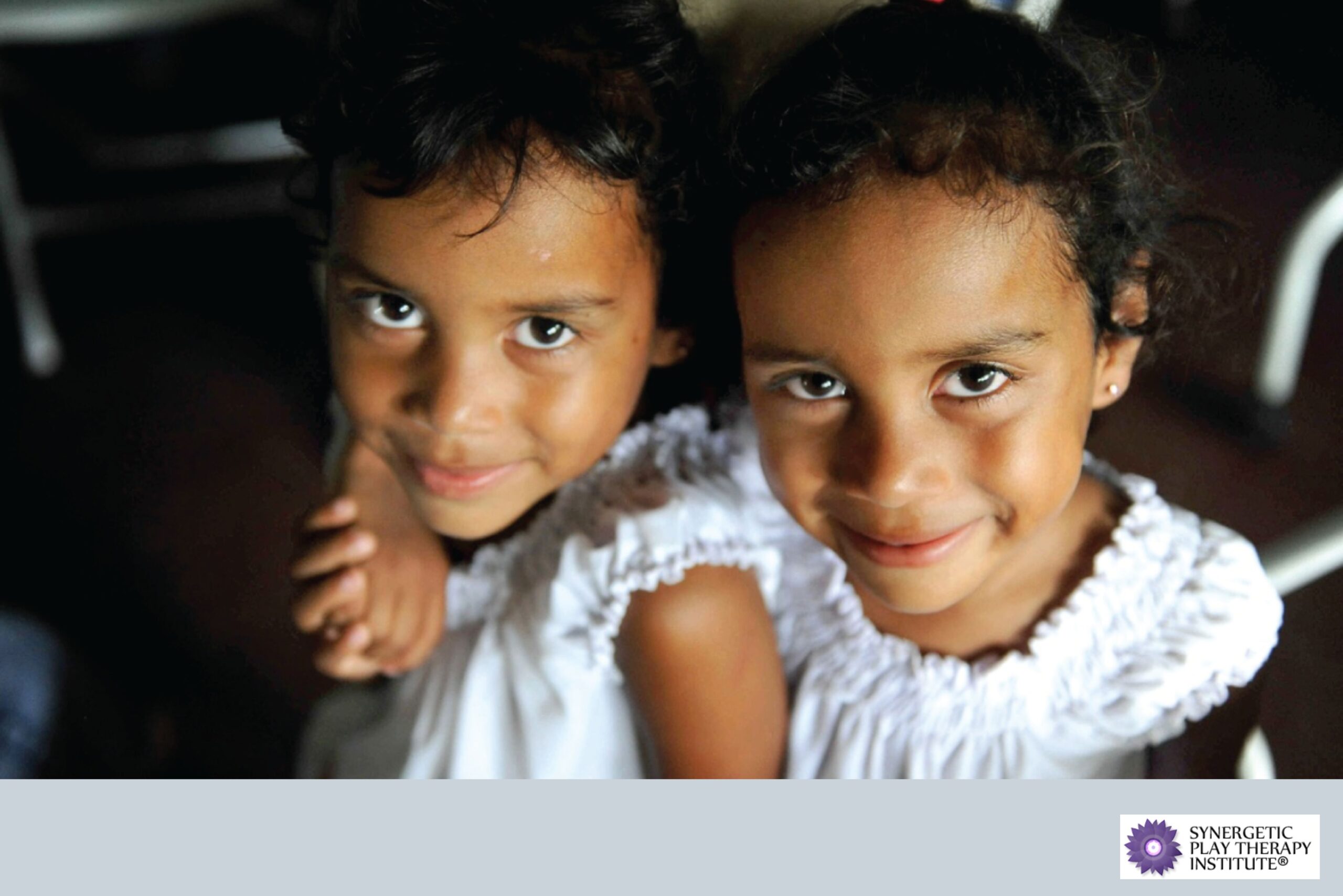By Lisa Dion, LPC, RPT-S
We intuitively understand that it is important to be authentic with our clients, but do we understand why authenticity is actually crucial according to our client’s brains? Did you know that your client’s brains are actually looking for signs in you that determine how authentic you are being in any given moment? And do we understand the implications for therapy if we are not?
As we move through the world, we are constantly scanning for anything that might be a threat or challenge to us. It’s our amygdala, located in the limbic area of our brains, that helps us out with this by assessing if any of the sensory data that we take in has any possibility of threat or challenge connected with it. For example, we’re always on the lookout for threats to our physical or emotional safety. However, another threat and challenge less understood is “incongruence in the environment.” Let’s get curious about how this particular threat relates to the importance of being authentic with our clients and authenticity in the playroom.
When there is incongruence in the environment, things aren’t adding up. Because the majority of our communication is nonverbal, we use our felt sense to help us understand whether or not people are being congruent around us. We read people’s faces and their body language to see if what they express is actually what they feel inside. A classic example of incongruence is when someone is feeling incredibly anxious, yet has a smile on her face or when someone is angry, but telling you he’s fine. Intuitively you know something is off. This is your brain letting you know the person in front of you is not being authentic, and this is actually one of the primary reasons we might not trust someone at a given moment (when they are being inauthentic).
Children know within seconds whether or not we’re being authentic and congruent. They also know within seconds whether or not they can trust us. I think it is incredibly important for us to consider whether or not we are a threat in the therapy process with our clients, simply because we are not willing to be ourselves. Does our language match our emotions? Are we pretending to not feel something that, in fact, we are? Do our words match our actions? Do we make sense to our child clients?
It takes a lot of courage to be ourselves because it requires us to be congruent in our thoughts, emotions and actions. It requires us to feel and go towards the uncomfortable emotions and sensations that we experience in the therapy room, so that we can also model to our clients that it’s OK for them to also move towards their uncomfortable experiences. It requires us to not pretend and to not avoid our experiences. It requires us to be deeply real. Let’s be honest, it isn’t always easy to do these things. But it’s very necessary.
We want children to feel safe with us so that they can begin to orient inwards instead of needing to orient outside of themselves, which is what happens when their brains perceive a threat in the environment.
It can be a big and even scary thought to consider our own authenticity in the playroom and whether or not we are really being ourselves. I find that most therapists think they are being more authentic than they actually are. Most of us carry beliefs about who we should or shouldn’t be in the playroom and what is or isn’t OK to do or say. Most of us also have emotions and experiences that we haven’t yet fully integrated, which means that when those thoughts, emotions and sensations enter the play, it’s much harder to move towards and embrace them. This, I believe, is our work as clinicians. Can we find a way to be authentic so that we can then teach our clients how to do the same?
As a final thought, being yourself is such a gift to children. As they are trying desperately to figure out how to be themselves, what they need is a role model for how to be authentically human in this world. Don’t be afraid to be you. Give yourself permission to be genuinely authentic with your clients. They will watch you, and they will learn that it’s okay to be themselves as they move along their journey towards discovering their authentic selves.






